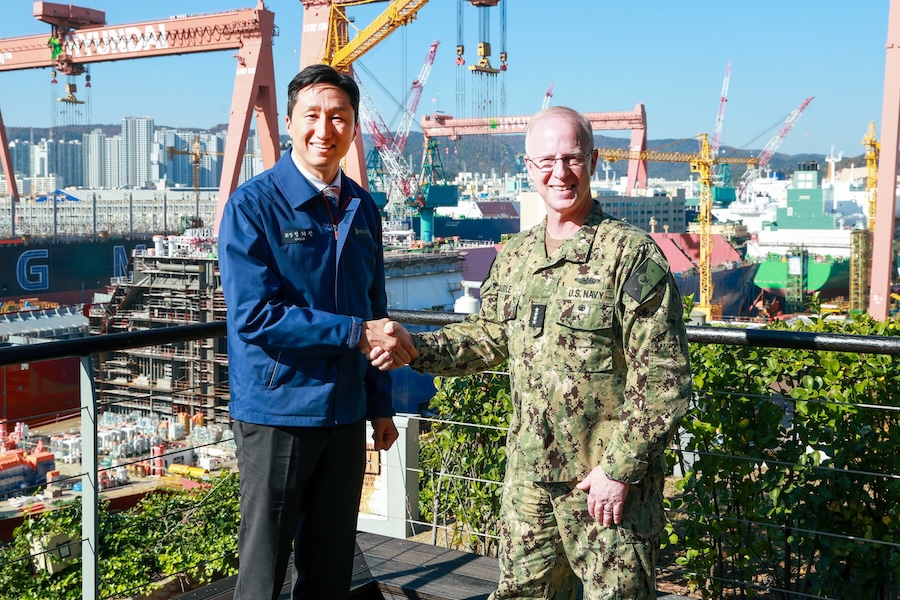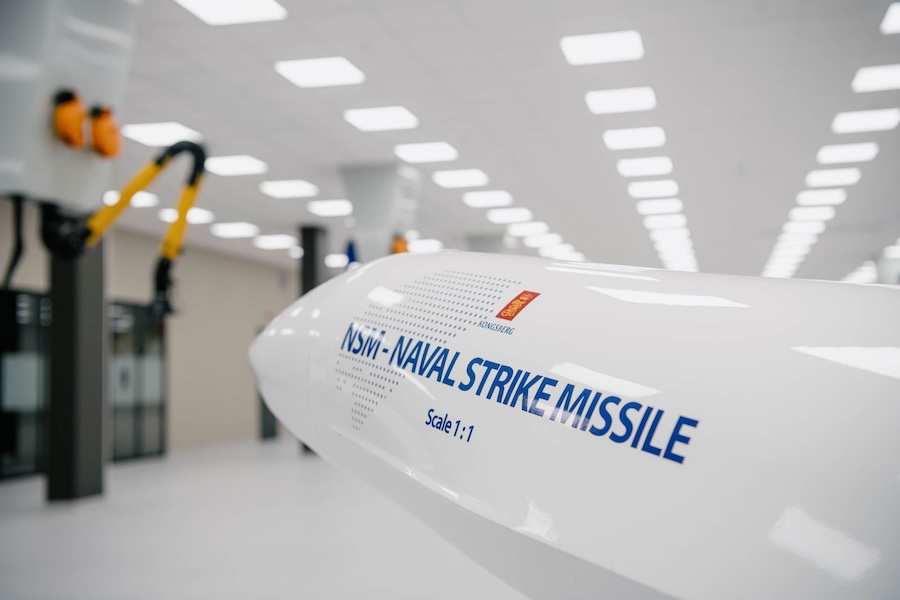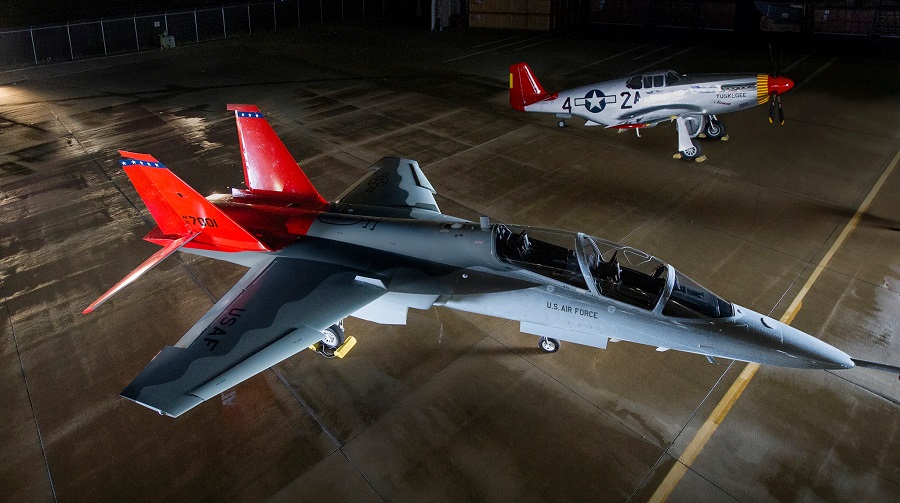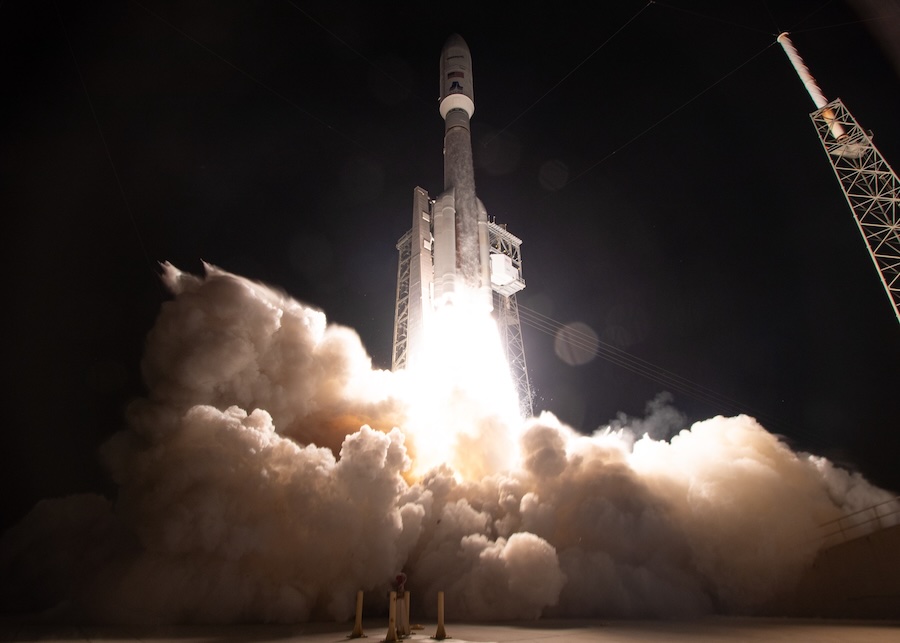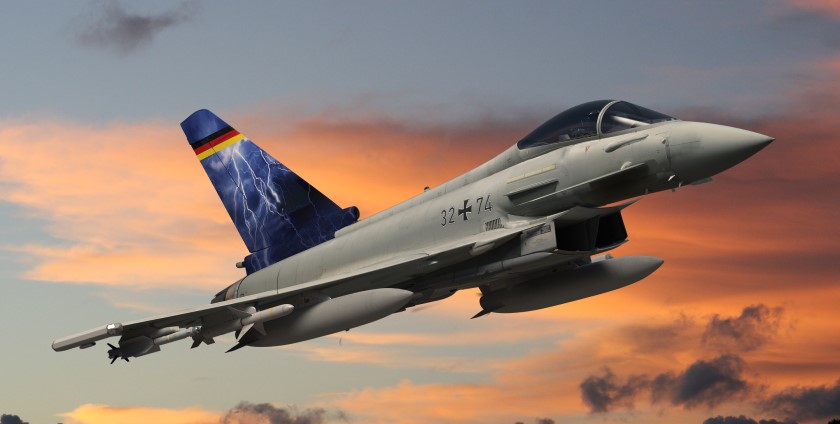The solution integrates artificial intelligence (AI)-powered detection and tracking software with low-cost sensors and an expanding range of effectors. Its modular, open-architecture design ensures rapid deployment and seamless integration with existing defence systems.
Tyler Griffin, Lockheed Martin’s C-UAS director, highlighted the advantages of integrating multiple sensors through an optimised command and control (C2) system. He stated that the open-architecture approach provides a flexible and adaptive defence solution that can quickly respond to evolving drone threats.
The system’s AI-driven software enhances the identification and tracking of both individual drones and swarm attacks. By improving operator efficiency, it enables faster response times in high-risk scenarios where threats must be neutralised within minutes.
During the demonstration, Lockheed Martin and its partners successfully detected, tracked, and mitigated a variety of UAS threats. The event demonstrated the system’s capability to handle both isolated drone incursions and coordinated swarm attacks.
Rapid coordination is crucial in countering drone threats, as low-flying targets require immediate identification and response. Lockheed Martin’s approach ensures that sensors can instantly relay data to the C2 system, enabling real-time decision-making and engagement.
The company emphasised that its solution allows for continuous upgrades by incorporating cutting-edge technologies from various industry partners. This ensures customers can maintain an effective defence against emerging UAS threats.
Source: Lockheed Martin (press release).












